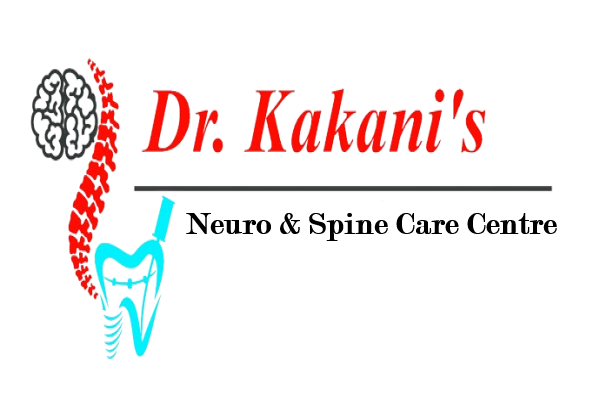The treatment for paralysis resulting from a stroke typically involves acute medical care, rehabilitation, and long-term management. The goal is to minimize the effects of the stroke, restore function to the greatest extent possible, and prevent further complications. Here are key aspects of the treatment for paralysis due to a stroke: Acute Medical Care: Thrombolytic Medications (Clot-busting drugs): If the stroke is caused by a blood clot, administering thrombolytic medications within a specific time frame (usually within the first few hours of the stroke) can help dissolve the clot and improve blood flow. Endovascular Procedures: In some cases, interventional procedures such as thrombectomy may be performed to remove the blood clot causing the stroke. Blood Pressure Management: Controlling blood pressure is crucial to prevent further damage and reduce the risk of recurrent strokes. Rehabilitation: Rehabilitation plays a central role in recovering from paralysis after a stroke. The specific interventions depend on the individual's needs and the extent of paralysis. Rehabilitation may include: Physical Therapy: Focuses on improving strength, coordination, and mobility. Exercises are tailored to the affected limbs to enhance muscle function. Occupational Therapy: Aims to help individuals regain the skills needed for daily activities, such as dressing, eating, and bathing. Speech Therapy: Addresses communication difficulties and swallowing issues that may result from a stroke. Mobility Aids and Assistive Devices: Wheelchairs, braces, and other assistive devices may be recommended to enhance mobility and independence. Cognitive Rehabilitation: Addresses cognitive deficits, memory issues, and problem-solving skills. Constraint-Induced Movement Therapy: Involves restricting the use of the unaffected limb to encourage the use and strengthening of the affected limb. Medications: Antiplatelet Agents: Medications like aspirin or clopidogrel may be prescribed to prevent the formation of blood clots. Anticoagulants: In some cases, anticoagulant medications may be used to prevent blood clot formation. Muscle Relaxants: These may be prescribed to manage muscle spasticity. Long-Term Management: Lifestyle Modifications: Adopting a healthy lifestyle, including a balanced diet, regular exercise, and smoking cessation, can reduce the risk of recurrent strokes. Regular Medical Follow-up: Regular check-ups with healthcare professionals are essential for ongoing management and monitoring of health. Psychological Support: Coping with the aftermath of a stroke can be challenging. Psychological support, including counseling or support groups, can be beneficial. Home Modifications: Adapting the home environment to accommodate mobility challenges and enhance independence. The specific treatment plan varies based on the individual's condition, the type and severity of the stroke, and other factors. It's essential for individuals who have experienced a stroke and their caregivers to work closely with a healthcare team to develop a comprehensive and personalized rehabilitation plan. Early and consistent rehabilitation efforts can significantly improve the outlook for recovery from paralysis after a stroke.

This is your website preview.
Currently it only shows your basic business info. Start adding relevant business details such as description, images and products or services to gain your customers attention by using Boost 360 android app / iOS App / web portal.
917276135101
Have any question or need any consultation?
Online appointment booking is not available right now.
Your enquiry
Your contact info
Appointment Confirmed
Your appointment ID is
| Doctor Name: | |
| Date & Time: | |
| Contact: | +917276135101 |
| Address: | Medicure multispeciality clinic, Ground Floor, Shree Radhe heights, opp. Niti Gaurav Complex, near Lokmat chowk, Ramdaspeth, Nagpur, Maharashtra 440012, India |
| Appointment fee: | |
| Payment mode: | |
| Join video call at: |
Thanks for choosing us.Your appointment details has been shared on your mobile number as well. Please arrive atleast 10 minutes ahead of the scheduled time.
Success
